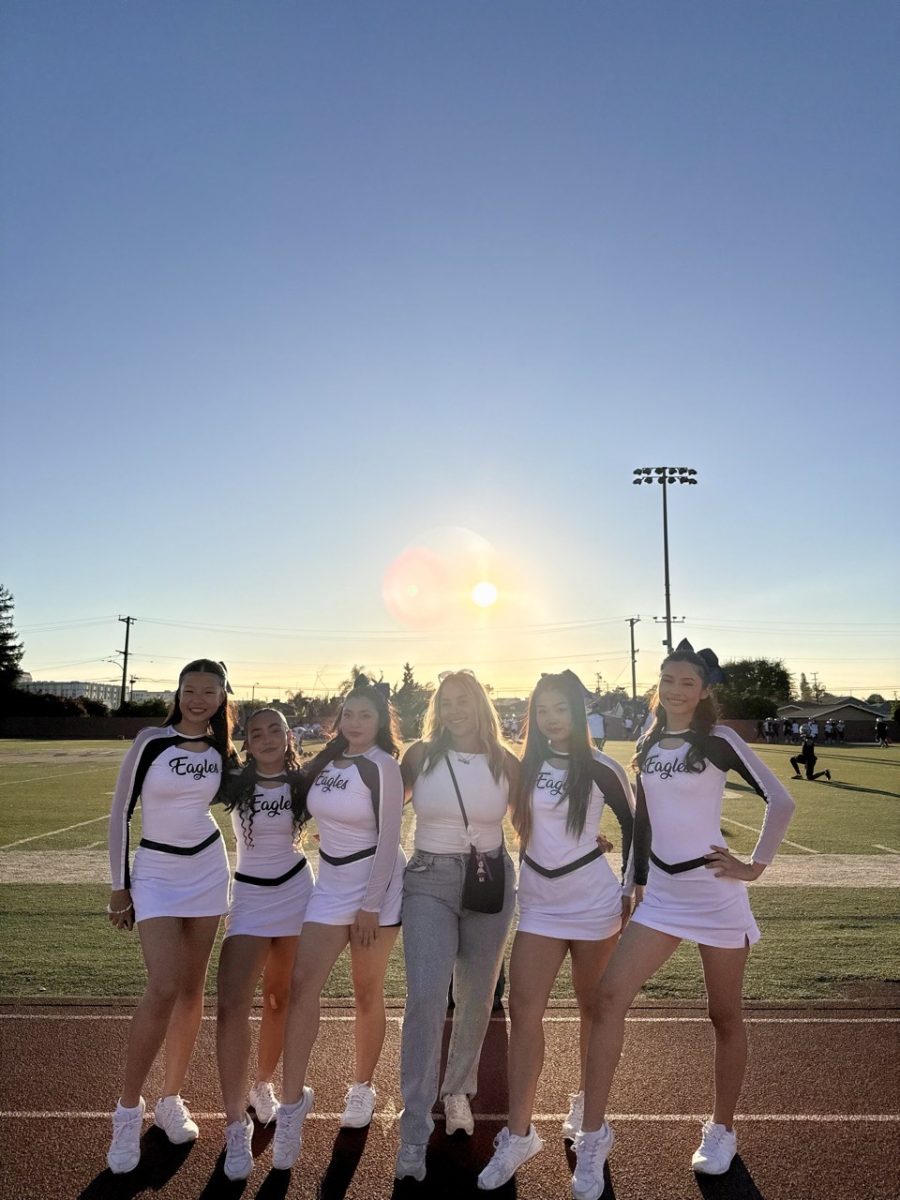By Kaylee Chan | Junior Editor

Photo courtesy of Philip Zamora
Yearbooks have always served as snapshots of the past, with pages full of vibrant photos, from dances and sports games to activities out in the quad. This year, however, there will be no candid photos of students together in classrooms gracing the yearbook cover, or spreads for events such as concerts or Homecoming. In the wake of quarantine, the in-person environment used to build a cohesive school portrait in the yearbook has disappeared.
However, even under these circumstances, the yearbook staff has worked hard to gather content, using online communication to link the school together, even as interactions remain distanced.
Many of the adjustments made have been about contacting students, as the Virtual Academy environment no longer provides spaces to interact with students outside of classes. Before, slips of paper were used on campus to get students for interviews but, this year, contacting other students has taken an online format.
“Gathering content requires more involvement and connections via sites like Instagram and Discord,” said freshman Neil Lu, a writer for yearbook. “Taking pictures often involves meeting up on campus or requesting a photo from the person, which is definitely a challenge.”
As helpful as using online messaging platforms has been for gaining content, the new process requires more planning ahead and preparation when people do not follow through. This has been the main issue the staff has faced during the current circumstances.
“I reach out to people either through social media or email. It’s a lot harder to get content especially when people either don’t check their emails or don’t respond quickly,” said junior Halina Kwan, another writer on the yearbook staff. “I’ve gotten into the habit of reaching out to people as soon as possible because I know it’ll take at least a week to gather all the content I need.”
Even with the difficulties of getting content, the staff still has to meet strict deadlines. It is in those stressful circumstances where teamwork and responsibility between members plays a large role.
“March is a really busy month for the staff and since a lot of spreads are due, all the staffers are pretty much responsible for gathering all the content for their respective spreads,” explained Kwan. “It’s definitely a lot more responsibility and you have to hold yourself accountable to get everything you need.”
As was the case for many activities during the pandemic, these changes allowed for the yearbook to enter a stage of growth and flexibility. Senior Samuel Valencia, the editor in chief, had a unique perspective on how the year’s experiences have shaped him.
“I’ve learned a lot about being a leader, but not just that I’ve learned that nothing is ever set in stone, so there’s always room to change things and improve where you can,” stated Valencia. “The most important lesson I’ve learned is that not everything can go your way and you have to be open and ready to change, especially when you’re in a leadership position.”
Valencia also pointed out how, this time around, making the yearbook provided an opportunity to memorialize a global event unlike any other.
“I’ve personally always said that we make these books for students to remember and that is so much more important now more than ever. This is such a historic time and I want everyone to look back at this book and think ‘that’s my book from the year we stayed at home!’” Valencia said. “I am really working hard to make a book that highlights how different this year is and I can’t wait for everyone to see it.”






